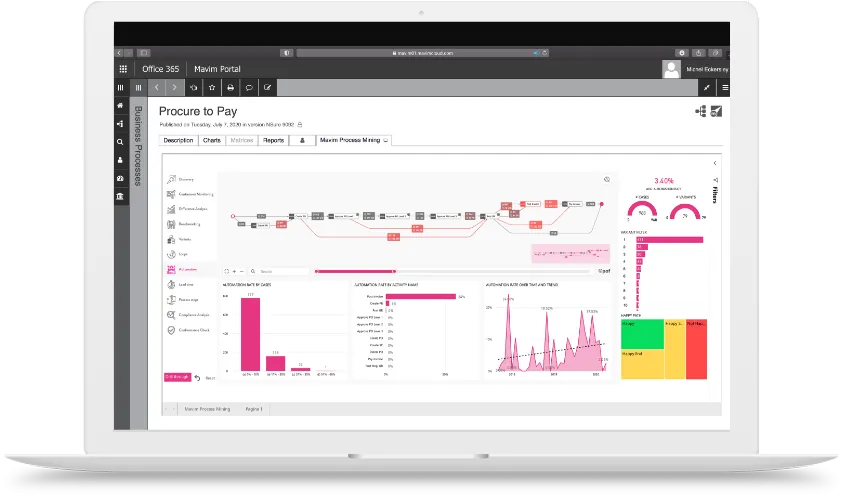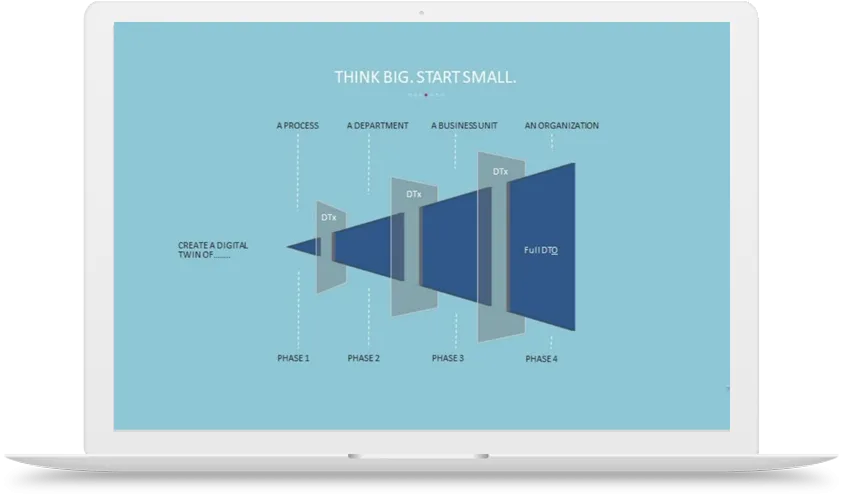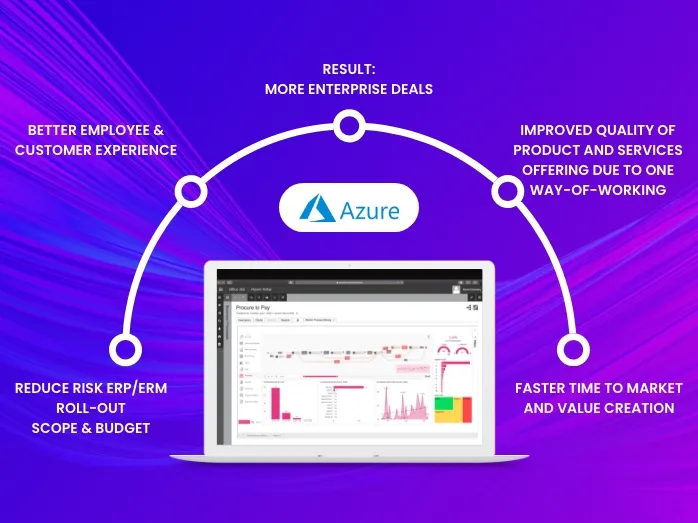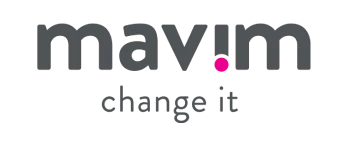Overview
In April 2021, Microsoft announced that it would be ending support of its Dynamics AX ERP system. For users, this means that they will no longer receive technical support from Microsoft directly, and that there will be no new releases of features or modules to the once-flagship ERP platform. Moreover, Microsoft has issued guidance that all AX users should migrate to the newer, cloud based D365 family of products.
While this may seem like an easy decision, ERP migrations of this type are notoriously costly and labor-intensive. Panorama has found that 56% of all ERP migrations went over-budget (sometimes as much as 3-4x), and 62% of them went over their expected timelines by an average of 11%.These difficulties are further exacerbated by the migration of an on-premise product to a cloud-based product. Furthermore, there have been several well-documented ERP failures, such as Nike, whose system cost $400M to roll-out, and resulted in a loss of $100M in sales due to system inefficiencies. The reality is, more often than not, companies find themselves dealing with significant cost and business disruption during their ERP projects.
To avoid becoming a statistic and victim of implementation failure, CAT dealers are turning to Intelligent Business Transformation platforms, like Mavim, to ensure the success of their ERP implementation.

Microsoft Dynamics 365 Today: A Well-Integrated ERP Suite
All software must evolve and change and the cloud’s emergence as a platform for enterprise computing has helped Dynamics 365 make full use of its benefits. Moreover, one major upgrade with Dynamics 365 is its ability to connect both back-office processes with customer-facing sales and marketing activity using the full suite of Microsoft Dynamics 365. Two components in particular, D365Finance and D365 Supply Chain Management, work together as a cloud based Enterprise Resource Planning (ERP) solution to provide a full solution of capabilities for companies looking to connect their finance, sales, supply chain, inventory and operations. Using this solution, they are then able to streamline business processes and improve customer experiences, while providing flexibility and scalability leading to a faster time to value.

See Your Operational Model as it is with Process Mining
Process mining is an application at the heart of Mavim’s Intelligent Transformation Platform application that helps map out where you are now. Using clear and defined visual diagrams and workflows, every process of your operational model, including the moving parts and their effects, is extracted as a big picture.
Of course, all companies have defined processes. The Mavim difference is that it builds its model from actual transactions within your AX implementation, data entries, payments out, orders in, or anywhere an action meets an application. In short, it’s ready to become part of your model.
As a bonus, those process actions are connected to your operational model in real time. So instead of seeing a static overview of your business, you are watching it live, within your existing AX ERP system.
Gather Insights from your Digital Twin
Your operational model, a Digital Twin of an Organization (DTO), is all your business processes within AX virtualized for you to explore. Although this may be messy, that is completely normal. The point, however, is to see how messy it really is.
For example, you may have one process for allocating budgets, but discover people are using 200 variants of it worldwide or coming up with their own ad-hoc versions. Seeing the number of variants, and the number of times they happen, shows you how big the problems really are. This is the power of data; it shows real information which is used to make real decisions.
Perhaps for your company ten variants are fine and are necessary for matching workflows in different markets. More commonly however, these variants stem from neglect, unnecessary data and pointless extra steps creating resource wastages that have built up over the years. Your DTO or your virtual copy of your business processes as-is, helps you to decide what exactly is causing problems and needs to be fixed and is ready to be molded into something better.


Plan Improvements with Business Process Modeling
When it comes to the business process, human behavior is often why change management projects fail. Even the most efficient process won’t stick in if it feels unnatural to the people tasked with doing it. If 80% of your business is mapped through process and implemented through technologies, how can the other 20% be fixed without a complete overhaul of your organization?
This is one of the many reasons why your DTO is incredibly vital to your business success. It lets you create and test new processes before rolling them into your real-world operations, through the concept of Business Process Modeling (BPM). BPM allows you to not only make a change, but to also see what effects it will have on actual transactions. Some of these might include reducing lead time, simplifying a cycle, or taking up fewer resources, and then making the decision to retrain people and reduce the number of variants. All of this can be examined through diagrams and workflows which answer that most important question: why are we doing this?
Connecting To The Microsoft Framework
Now that you understand how Mavim’s platform works, it is easy to see how it is the ideal tool for migrating optimizing and improving Dynamics ERP systems within your Caterpillar organization. But there’s one more cherry on this cake; Mavim is built on Microsoft which makes this transition even more seamless.
The Mavim ITP is built on Azure, Microsoft’s cloud services platform, while its process mining and mapping smarts use Microsoft Power BI, demonstrating its results through applications commonly used across your organization.
Mavim’s ITP integrates natively with all the right apps: Azure DevOps, Power Apps, Power Automate, and Dynamics of course, which eliminates the headache of needing to learn new apps.
With this powerful suite of integrations and a well-established DTO, CAT dealers globally are using Mavim to continuously fine-tune their business processes to maximize efficiency, with the agility necessary to reconfigure core processes to tackle large business changes.


Continuous Improvement and Governance
For ERP, go-live of a new system is just the beginning of a complex and reiterative improvement process.
With this powerful suite of integrations and a well-established DTO, CAT dealers globally are using Mavim to continuously fine-tune their business processes to maximize efficiency, with the agility necessary to reconfigure core processes to tackle large business changes.
Process adherence can be monitored in real-time, ensuring that governance of best practices and contingency plans can be quickly designed and implemented as business conditions change. With a true DTO, system updates can be tracked and mapped, so the employees affected by the process changes are notified of their new responsibilities and how their process steps fit into the overarching business process.
Whether you are on AX and looking to move to 365, or have recently implemented 365 and are looking to maximize your investment in your core business system, Mavim has you covered.

